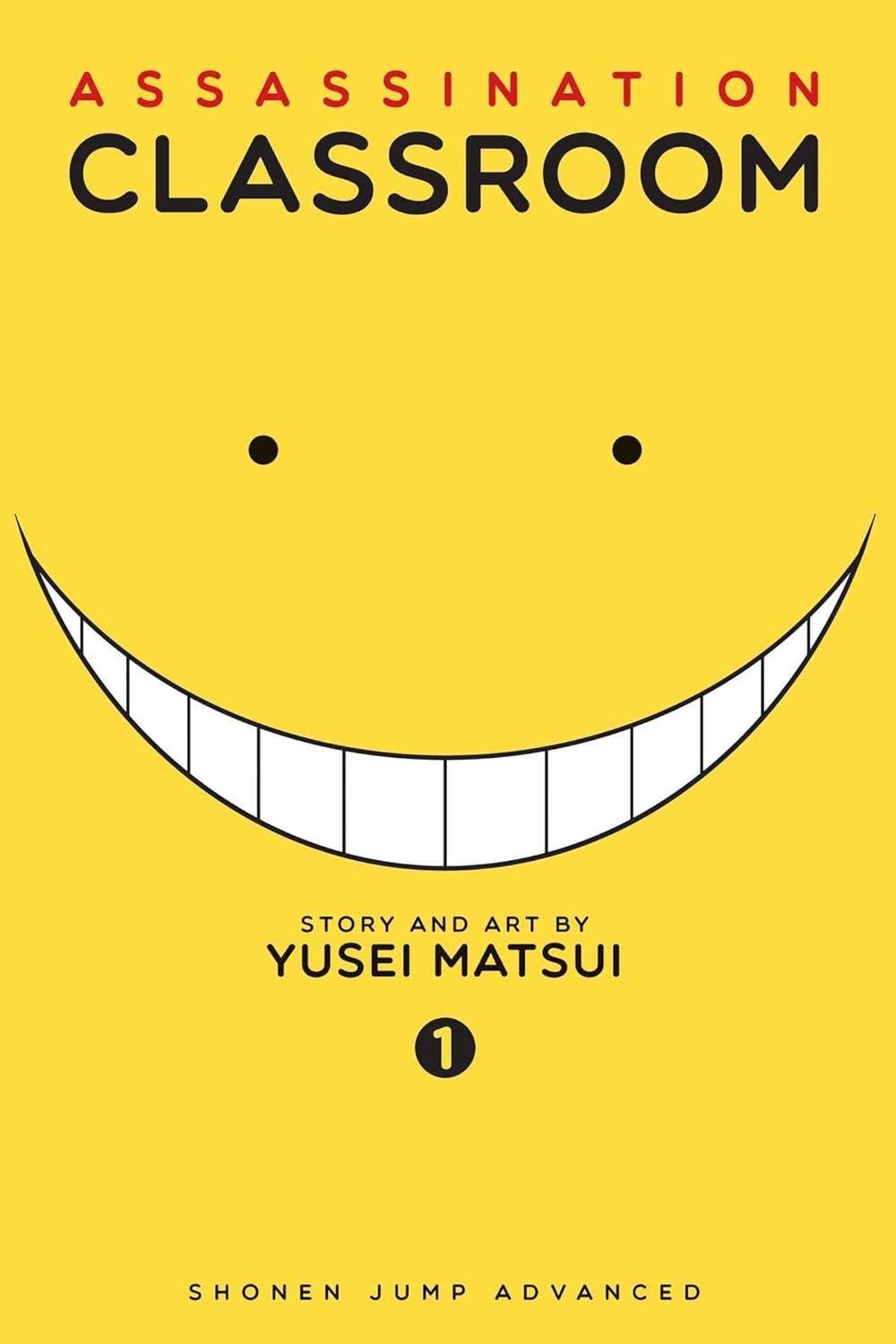Despite a COVID-19 positivity rate of over 15% and a stay-at-home order from Mayor Lori Lightfoot encouraging residents to “only leave home to go to work or school, or
for essential needs such as seeking medical care, going to the grocery store or pharmacy, picking up food, or receiving deliveries,” Chicago Public Libraries are still open for in-person browsing, reference, computer use, and more. Major library systems in other US cities including New York Public Library (with a city-wide positivity rate of about 2%), Los Angeles Public Library (with a city-wide positivity rate around 5%), and Houston Public Library (with a city-wide positivity rate around 8%) have closed to in-person services, instead remaining available for digital access as well as grab-and-go services.
Chicago Public Library (CPL) made headlines during the beginning of COVID mitigations for being one of the last major city library systems to close and move to virtual services and to become one of the first to reopen.
Mixed and unclear messages abound as to why the system continues to keep its doors open to public use, and employees across CPL are frustrated and scared for their safety and well-being. An anticipated update about in-person services to come Monday, November 30, is expected to not close the libraries but instead, reduce hours of service by one hour — that is, they’ll either close an hour early or open an hour later. Such changes don’t get to the heart of the problem but, perhaps, exacerbate them: with one less hour for use, it seems as though the opportunity for more people to be fed into a space for shorter time periods will only encourage shorter periods of time for cleaning and other COVID protocol.
Adding to the ever-decreasing morale among employees are the continued understaffing issues, including the reduction of hours for custodians. When libraries reopened in June, custodial staff were back to working eight hours a day, but they’re now back to part-time hours, putting the onus on other staff to not only do their jobs but also clean, sanitize, and otherwise implement the hygienic recommendations necessitated by the pandemic.
“Employees wear a lot of hats — helping out with shelving, dealing with issues and incidents, working to staff both reference desks and programs. Our programming is still valuable but you can’t host a book club or story time or do a virtual classroom visit and be on the reference desk at the same time,” said one CPL employee. “Add on enforcing mask wearing, trying to clean as much as you can […] and trying not to stress out over the fear that you’re sick or making others sick and it’s pretty tough.”
The employee added, “Lots of the branch closures that have happened are because a person tests positive and then other staff are exposed and the people left just aren’t enough to staff that location. Some places are trying to run on threadbare staff and it’s awful.”
Lightfoot, despite her own stay-at-home orders not listing libraries, has not shut them down. But more, she’s also not explained why it is CPL is considered essential.
Numerous employees of CPL struggled to understand, too, though the bulk cited the fact their facilities are warming centers. But as one staff member said, “We don’t help people during the hardest, coldest, most dangerous parts of the night.”
Why is it libraries need to bear the weight of responsibility for a larger systemic issue that impacts the most vulnerable? If libraries are essential because of their status as warming centers, then like other places of business open and identified in the stay-at-home order, the facilities and those who staff it should be deemed essential. But they’re not.
Employees cited the hygiene theater they’re performing among the reasons they’re exhausted and lacking morale, and more, they wonder why it is that Lightfoot continues to shame city residents about gathering together for the holidays while not expecting the same of people in libraries. Other businesses have closed their doors and been forced to return to curbside and other no-contact methods of proceeding, but libraries have not. For many, this illogical meting of cans and cannots further confuses them and creates confusion for the general population.
“I think the public has a false sense of security about precautions and safety. If we are open it must be safe,” said one librarian.
Another said that they’re worried about how much the trust of the public will be hurt by the false sense of safety there is because branches are open.
“People trust libraries. They ask us for help and share vulnerable things to us, total strangers, because they trust us. Our spaces are not safe, and by being open, we are abusing that trust. We’re betraying them.”
Another theory as to why CPL is open may be the access to computers and internet, as well as staff, to help those needing to apply for benefits and jobs.
“But if that’s the main reason, then why aren’t we prioritizing those people?” asks a CPL employee. “Why are we letting in the general public to browse, unmask when they think no one is looking and breathe into the poorly recycled air, putting everyone further at risk […] We are just open, trying to manage chaos.”
CPL branches have experienced a wave of COVID cases throughout the pandemic, though many of those positive cases haven’t been reported to the greater public. At one point in mid-November, 25 CPL branches closed because of staff testing positive for COVID.
They reopened a day later with exposed staff reporting for duty. Because there’s been no media coverage of stories like these — they’ve been told anonymously from the front lines, due to staff member’s continual fears of losing their jobs for speaking out — patrons continue to use the facilities unaware.
“A patron said to me they were so grateful we were open because it was great for their mental health,” reported one librarian. “It made me pause because no where in that was consideration for my health or the health of anyone working here.”
Library staff want the best for their communities, and during a pandemic, with stay-at-home orders and a positivity rate in the double digits, the best for their community is to shut their doors and return to providing services no contact. This protects not just their health, but the health of their families and the health of everyone in the city. Libraries aren’t and shouldn’t be responsible for bearing the brunt of systemic failures for the most vulnerable, especially as their own facilities often lack proper ventilation and windows to counteract the airborne, air-spread illness.
It’s time to close Chicago Public Libraries.
Chicago residents: call your alderman and ask them to ask — and ask again — why the mayor continues to keep the library open. Ask them to find out how many have tested positive for COVID, how many branches have closed, and get all of the details you can about the safety measures enacted to protect library staff and those using the acilities.
“[Ensure the information is] up to date. Whatever was provided after the Budget Committee meeting is not up to date and does not reflect how things have gotten worse since the surge,” emphasizes one staff member. “Call your alderman and tell them you want to access library services safely but you can’t because the library administration won’t even consider curbside pickup. Call, write, tweet, do whatever you can to tell your alderman and the mayor’s office that it is NOT normal for one of the largest urban library systems in the country to be open with a positivity rate over 15%.”
“It’s not something to be proud of. Tell them you are appalled and terrified that the library system would be so reckless with our health and lives.”
Not a Chicago resident? Urge residents you know to reach out to their aldermen, and as in earlier during the pandemic, contact the office of Mayor Lori Lightfoot and the Illinois Governor JB Pritzker’s office. Likewise, follow the hashtags #closeCPL and #protectlibraryworkers to stay abreast of the latest changes and realities of working the front lines during a pandemic.







